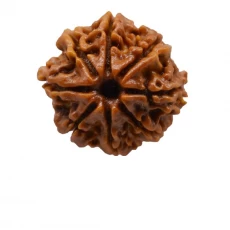Our dedicated team at Konark Jyotish utilizes time-tested principles of Vastu Shastra to analyze your space and provide practical recommendations for optimization. From architectural design and layout adjustments to simple remedies and enhancements, we offer comprehensive Vastu solutions tailored to your specific needs and goals. Whether it’s your home, office, or any other space, let Konark Jyotish guide you towards creating an environment that radiates positivity, harmony, and abundance. Experience the profound impact of Vastu on your life and surroundings with Konark Jyotish today.
₹5,100.00 Original price was: ₹5,100.00.₹3,100.00Current price is: ₹3,100.00.
Welcome to Konark Jyotish, your premier destination for Vastu services. Our expert consultants specialize in the ancient science of Vastu Shastra, offering personalized guidance to harmonize your living or workspaces with the cosmic energies. Whether you’re seeking to improve the flow of positive energy, enhance prosperity, or create a more conducive environment for growth and well-being, Konark Jyotish is here to assist you. Explore the transformative power of Vastu with our trusted consultants and unlock the potential for a more balanced and prosperous life.
Category: Services
Tags: Vastu Analysis Vastu Consultation Vastu Evaluation Vastu Expert Advice Vastu for Home Vastu for Office Vastu Remedies Vastu Services Vastu Shastra Solutions Vastu Tips कार्यालय के लिए वास्तु (Karyalay Ke Liye Vastu) घर के लिए वास्तु (Ghar Ke Liye Vastu) वास्तु उपाय (Vastu Upay) वास्तु टिप्स (Vastu Tips) वास्तु परामर्श (Vastu Paramarsh) वास्तु मूल्यांकन (Vastu Mulyankan) वास्तु विशेषज्ञ सलाह (Vastu Visheshagya Salah) वास्तु विश्लेषण (Vastu Vishleshan) वास्तु शास्त्र समाधान (Vastu Shastra Samadhan) वास्तु सेवाएँ (Vastu Sevayein)
Best Sellers
Exclusive products have just arrived. Check them out
Sale!


Sale!


Sale!


Sale!




Reviews
There are no reviews yet.